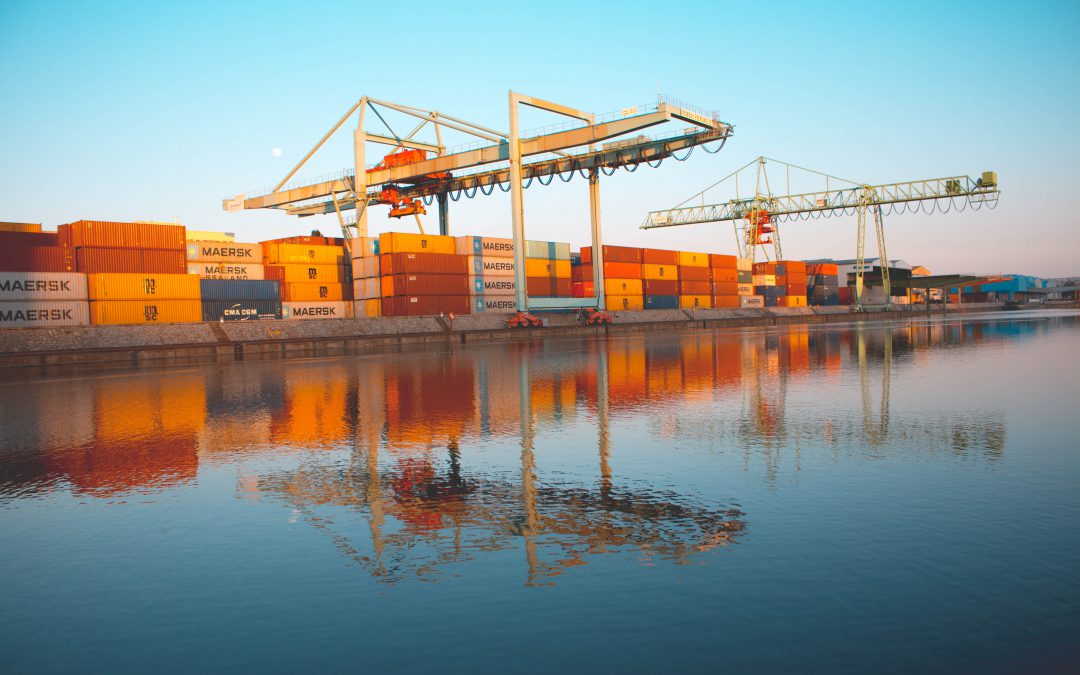We will be witnessing a world with creeping protectionism. World trade will definitely shrink. Private consumption which has been bottoming out may slightly improve due to some rebound in commodity prices. Exports may not improve significantly as global economic environment remains quite fragile. There is not much room for fiscal stimulus due to shortfall in revenues. Investments in textile sector remains sluggish. Government is all set to support and boost the competitiveness of the Textile Industry. Few incentives which will be implemented soon are:
- Tax breaks.
- Lowering the Gas prices
- Removing VAT from textile raw-materials produced locally.
The Government is also negotiating CEPA (Comprehensive Economic Partnership Agreement) with EU. Once the agreement is in place it will relieve the EU buyers from paying 11% to 30% import duties on imports of textiles from Indonesia which has disadvantaged Indonesia’s competitiveness against regional rivals like Vietnam who already enjoy benefits of CEPA.
Last year the textile sector contributed USD 10.2 Billion to the GDP. This year the Government has set a target to achieve USD 12 Billion. With Government support and incentives this target seems attainable and may well set the textile sector on the growth curve attracting fresh Foreign Direct Investments.
The textile industry proved more challenging than expected as world economy failed to break the +3% GDP growth rate. The output sales declined by 1.5% due to lower demand that resulted in deflationist spiral. International Trade lost USD 40 billion worth of business. The outlook for 2020 is less grim. Price increases are resuming with firmer demand prospects. As a result the exports should climb +3.5% to USD 925 Billion, if no major occurrence upends the international trade. A rise in protectionist mood and termination of Trans Pacific Partnership (TPP) trade deal could be detrimental to the growth aspirations of textile industry. Tariffs and regulations are already high and pinpointed as impeding sector growth.
Despite economic stagnancy and sluggishness in 2016 the specialty products performed much better than the standard commodities. Overall industry sentiment is that the past few yers were an aberration and that in the future the business fundamentals will see a correction and the industry can expect slow but positive growth in the 2nd half.
Cotton and Polyester prices have escalated and should lead the way for other fibers to follow suit. With slow pick-up of demand, it will not be easy to pass on these increases to consumers. Right now the most important thing for the industry is to ensure that demand stability and growth is not disturbed by rapid price increases. Recovery of lost revenue will happen only if demand is stable.


